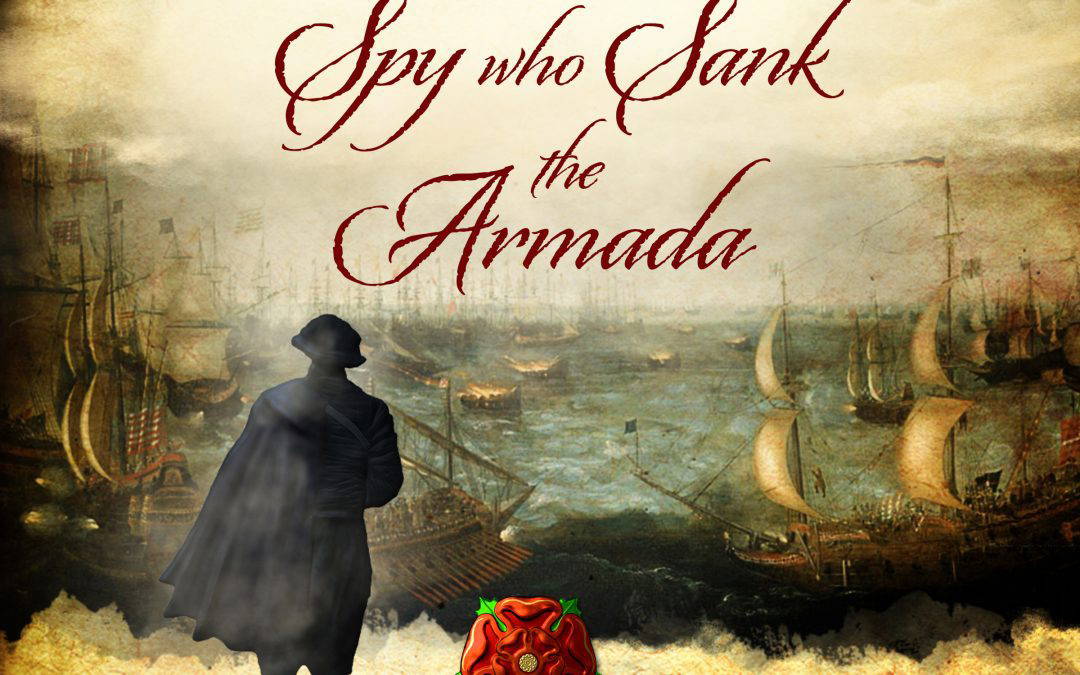Charles Neville was one of the leaders of the Northern Rebellion of 1569 and also a character in The Spy who Sank the Armada,the story of Sir Anthony Standen my 10th great-grandfather’s elder brother. I chose Neville because he was in the right places at the appropriate times to have bumped into Standen. However, as the rebellion he led started on 9th November 1569, we shall focus on that today.
The Northern Rebellion of 1569, also known as the Rising of the North, was a significant attempt by English Catholic nobles to challenge Queen Elizabeth I’s Protestant rule and restore Catholicism in England. The rebellion, though ultimately unsuccessful, highlights the fierce religious and political tensions of the Tudor era and sheds light on the complex dynamics between the monarchy and regional power in 16th-century England.
The primary figures behind the rebellion were Thomas Percy, the 7th Earl of Northumberland, and Charles Neville, the 6th Earl of Westmorland. Both men belonged to influential Catholic families with a strong power base in northern England. For them, Elizabeth’s Protestant reforms and the marginalization of Catholics represented a profound threat to their faith, influence, and way of life. In 1569, as Elizabeth’s rule moved firmly in favor of Protestantism, these nobles felt increasingly isolated and disenfranchised. The final spark came with the imprisonment of Mary, Queen of Scots, a Catholic and a legitimate contender for the English throne, who could potentially replace Elizabeth and restore Catholicism to England.
In November 1569, the rebellion began. The rebels gathered their forces and marched to Durham Cathedral, where they openly celebrated Catholic Mass—a bold rejection of Elizabeth’s Protestant mandate. They rallied supporters from across the northern counties and raised banners bearing the Five Wounds of Christ, a powerful symbol of Catholicism. This movement aimed not only to restore Catholicism but also to rescue Mary, Queen of Scots, from imprisonment and place her on the throne.
However, the rebellion was ill-fated from the start. Although it gained initial momentum, the rebellion lacked the strategic planning, resources, and widespread support necessary for success. Queen Elizabeth’s government responded swiftly, mobilizing forces to counter the uprising. By December, the rebellion was quashed, and its leaders fled or were captured. Northumberland was ultimately executed, while Westmorland escaped to the Spanish Netherlands and lived the rest of his life in exile.
The failure of the Northern Rebellion had profound consequences. It solidified Elizabeth’s Protestant rule and led to stricter measures against Catholics, including harsher penalties for those practicing Catholicism in secret. The government also sought to limit the power of regional nobles, ensuring the north would never again rise against the Crown. Although the rebellion did not achieve its aims, it marked a critical moment in the struggle for religious and political dominance in Tudor England, highlighting the lengths to which people would go to defend their faith during an era of profound change.

